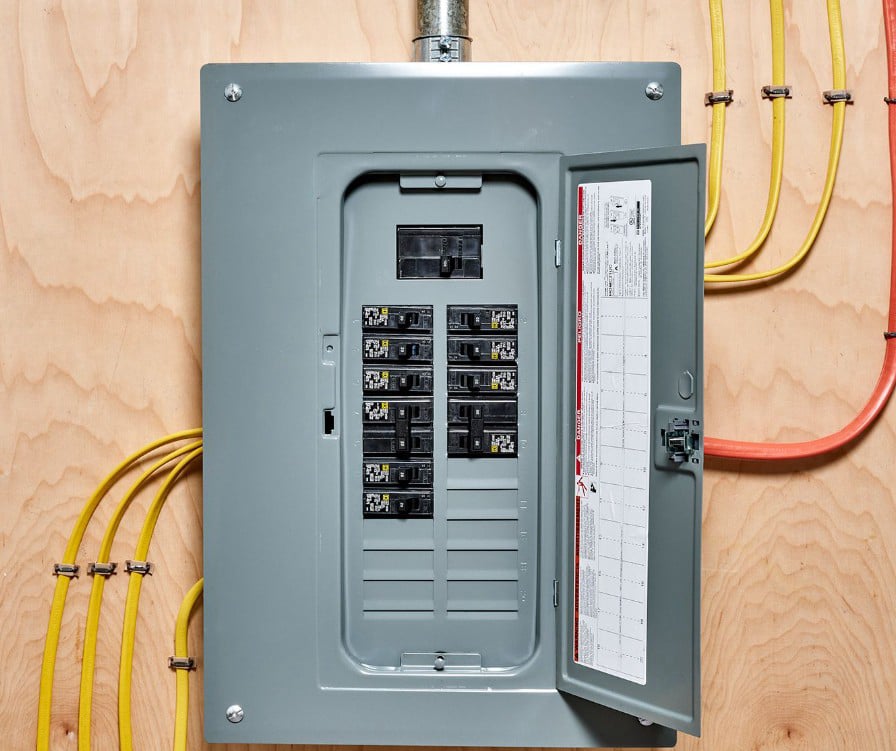
How to Choose the Right Circuit Breaker for Your Project
Circuit breakers are the unsung heroes of electrical systems, silently protecting against overloads and short circuits. The first step in selecting one is understanding the load profile of your circuit. For example, lighting circuits typically require 6A breakers, while high-power appliances like ovens demand 32A+. Miscalculating this can lead to nuisance tripping or, worse, failure to trip when needed.
There are three primary types of breakers:
MCBs (Miniature Circuit Breakers) – Protect against overloads (e.g., too many devices).
RCCBs (Residual Current Circuit Breakers) – Detect leakage current (anti-shock).
RCBOs (Combined RCCB+MCB) – Offer dual protection in one unit.
For Irish homes, RCBOs are increasingly the gold standard, especially since the 2018 update to wiring rules emphasized enhanced shock protection. While more expensive than basic MCBs, they eliminate the need for separate RCDs, simplifying your consumer unit.
Installation environment also matters. Type B breakers (trips at 3–5× rated current) suit most homes, while Type C (5–10×) handles motors’ inrush currents (e.g., HVAC). Industrial sites may need Type D (10–20×). Always consult an REC-certified electrician if unsure—what saves euros today could cost lives later.